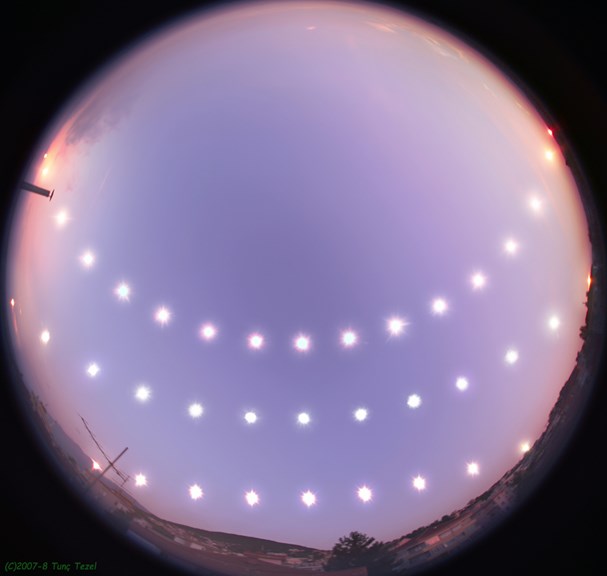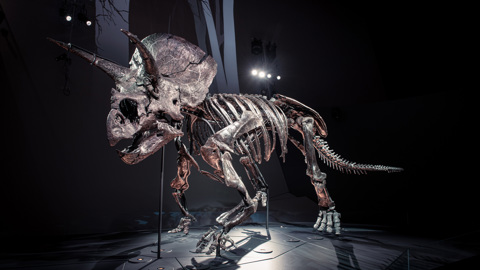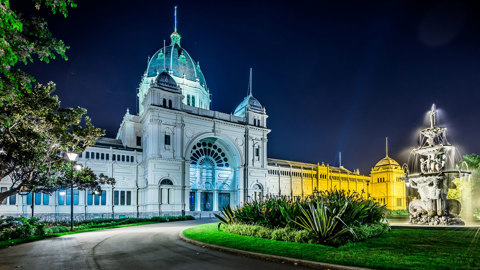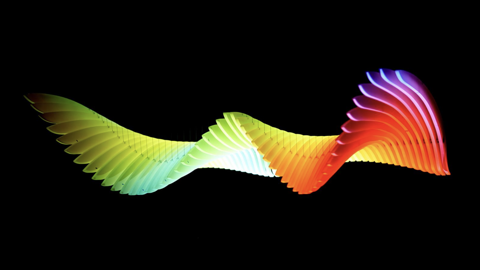Skynotes: December 2019
Summer Solstice Coming Up

Planetarium events
Planetarium Nights | Friday 6, 13, 20 & 27 December
Evenings for adults
7.30pm – Capcom GO! & What’s In The Sky Tonight live presentation
9.00pm – Pink Floyd – Dark Side of the Moon & Waiting Far Away
Holst’s ‘The Planets’ | Saturday 7 December, 7pm–9pm
The Westgate Concert Band performs live in the planetarium Gustav Holst’s entire classical suite that draws on metaphors and myths to reflect the solar system in two performances accompanied overhead by full dome visuals.
Great Melbourne Telescope
See the now fully assembled skeleton of this iconic 19th Century instrument at Scienceworks from a newly refurbished viewing area, along with a mini-exhibition of its restoration. This ongoing work continues for an eventual return to the Melbourne Observatory in the Domain.
Melbourne sun times
| Date | Rise / Solar noon* / Set (day length) |
|---|---|
| Fri 1st | 5.52am / 1.08pm / 8.26pm (14.33 hrs) |
| Wed 11th | 5.51am / 1.13pm / 8.34pm (14.43 hrs) |
| Sat 21st | 5.54am / 1.17pm / 8.41pm (14.47 hrs) |
| Tue 31st | 6.00am / 1.22pm / 8.45pm (14.44 hrs) |
*When the Sun is at its highest crossing the meridian or local longitude.
Moon phases
| Phase | Date |
|---|---|
| First Quarter | Wednesday 4th |
| Full Moon | Thursday 12th |
| Third Quarter | Thursday 19th |
| New Moon | Thursday 26th |
This month the Moon will be at apogee (furthest from Earth) on Thursday 5th at 404,446 km and perigee (closest to Earth) on Thursday 19th at 370,265 km.
Summer solstice
The Southern Hemisphere has Summer Solstice on Saturday, 22 December. At 3:19pm the Sun will be at its most southerly position (as seen from Earth). Due to the Earth’s titled axis, the southern hemisphere leans towards the sun receiving sunlight more directly and for longer. On the 22nd the sun tracks its highest and longest path across the sky giving us our longest day at 14:23 hours, some 5:15 hrs longer than Winter Solstice in June.
Planets
Mercury is very low in the east sky before sunrise and difficult to observe this month.
Venus, ‘the evening star’, continues bright in the west moving a little higher each night.
Mars is faintly visible in the east for a short time before sunrise.
Jupiter, third brightest object in the night sky, remains visible in the west below Venus as the two planets draw slowly apart, but then moves lower and disappears from view mid-month.
Saturn moves lower in the west in the evenings and fades from view by the end of the month, although its status has been enhanced by a new record as the planet with the most moons – now 82, surpassing Jupiter’s 78.
Meteors
The most consistent meteor shower of the year, the Geminids, peaks on the night of 14th December in the north-east centred on the star Castor. Their parent body is the asteroid Phaethon, unlike other meteor showers that derive from comet debris the Earth passes though. Estimates of meteors vary from 40 to 120 per hour.
Stars & Constellations
The Southern Cross is now upside-down in the southern sky and the Two Pointers (Alpha and Beta Centauri) sweep just above the southern horizon. High in the south are the Large and Small Magellanic Clouds, two small satellite galaxies of our own Milky Way Galaxy. These can be seen as fuzzy patches from dark sites. They lie close to 200,000 light years away and are slowly being drawn in towards our galaxy.
Low in the north-west, the great square of Pegasus (the winged horse) can be seen. In dark skies and with a clear view to the northern horizon, the small faint fuzzy patch below Pegasus is the Andromeda Galaxy (M31), the most distant object visible to the unaided eye at 2 million light years.
Orion, the hunter now returns in the north-east from sunset. He appears inverted in the southern hemisphere with the red star Betelguese as one of his shoulders. Orion’s central stars are often referred as the Saucepan which is right way up.
North of Orion is Taurus the bull, with the bright red star Aldebaran marking the Bull’s red eye. A little to the right is the beautiful Pleiades star cluster or Seven Sisters.
The two brightest stars in the night sky, Sirius (Canis Major) and Canopus (Carina), are towards the south-east with further south shines Achernar in Eridanus, the river.
International Space Station
ISS orbits every 90 minutes at an average distance of 400 km appearing like a bright star moving slowly across the night sky. Here are two of the brightest passes expected this month over Melbourne and Central Victoria:
- Saturday 14th 10:36pm-10:43pm NorthWest to SouthEast
- Tuesday 17th 9:47pm-9:54pm WestNorthWest to SouthEast
For predictions go to heavens-above.com.
On this day
1st 1922, solutions to Einstein’s equations for space-time and mass-energy are developed by Alexander Friedman.
2nd 1915, Einstein’s General Relativity is published on gravity-acceleration equivalence and space-time curvature.
2nd 1971, 1971, Mars 3 (USSR) - first soft landing and return of data from Mars.
3rd 2014, JAXA explorer Hyabusa 2 (Japan) is launched to asteroid Ryugu with a planned sample return to Earth.
3rd 1973, Pioneer 10 (USA) makes the first fly-by of Jupiter and returns the first close-up images of the planet.
7th 1676, Danish astronomer Ole Remer calculates first accurate speed of light by observing eclipses of moon Io by Jupiter.
7th-19th 1972, Apollo 17 (USA): last moon mission and longest on lunar surface at 74 hours, 59 mins by astronauts Eugene Cernan and Harrison Schmitt.
7th 1995, Galileo probe (USA) makes first orbit of Jupiter after six years in transit.
8th 1977, HEAO 1 (USA), High Energy Astro Observatory, is launched into orbit.
8th 2010, SpaceX is first private company to launch, orbit and recover a spacecraft, its SpaceX Dragon.
10th 1993, the faulty optics of the Hubble Space Telescope (USA) are repaired.
11th 1863, birth of astronomer Annie Jump Canon compiler of Draper Star Catalog.
12th 1970, Explorer 42 (USA) satellite is launched to study x-rays.
14th 1546, Danish astronomer Tycho Brahe, whose data aided Kepler in his laws of planetary motion, is born.
14th 1962, Mariner 2 (USA) is first probe to fly past Venus.
15th 1970, Venera 7 (USSR) is first probe to land safely on another planet, and first to return data, when it arrived at Venus.
21st 1988, Cosmonauts Vladimir Titov and Musa Manarov make longest space flight (365 days, 22 hours, 39 min) on Soviet space station Mir.
21st-27th 1968, Apollo 8 (USA) first manned craft to orbit the Moon - 10 orbits at 110km from the surface, imaging landing sites and the iconic ‘Earthrise’ photo.
24th 1979, ESA’s first launch vehicle Ariene 1 (France) orbits its first test satellite CAT1.
27th 1571, discoverer of laws of planetary motion, Johannes Kepler, is born.
28th 1612, Neptune is observed for the first time but mistaken as a star by Galileo.
30th 1924, astronomer Edwin Hubble (USA) announces faint ‘nebulae’ are actually galaxies beyond our own.






